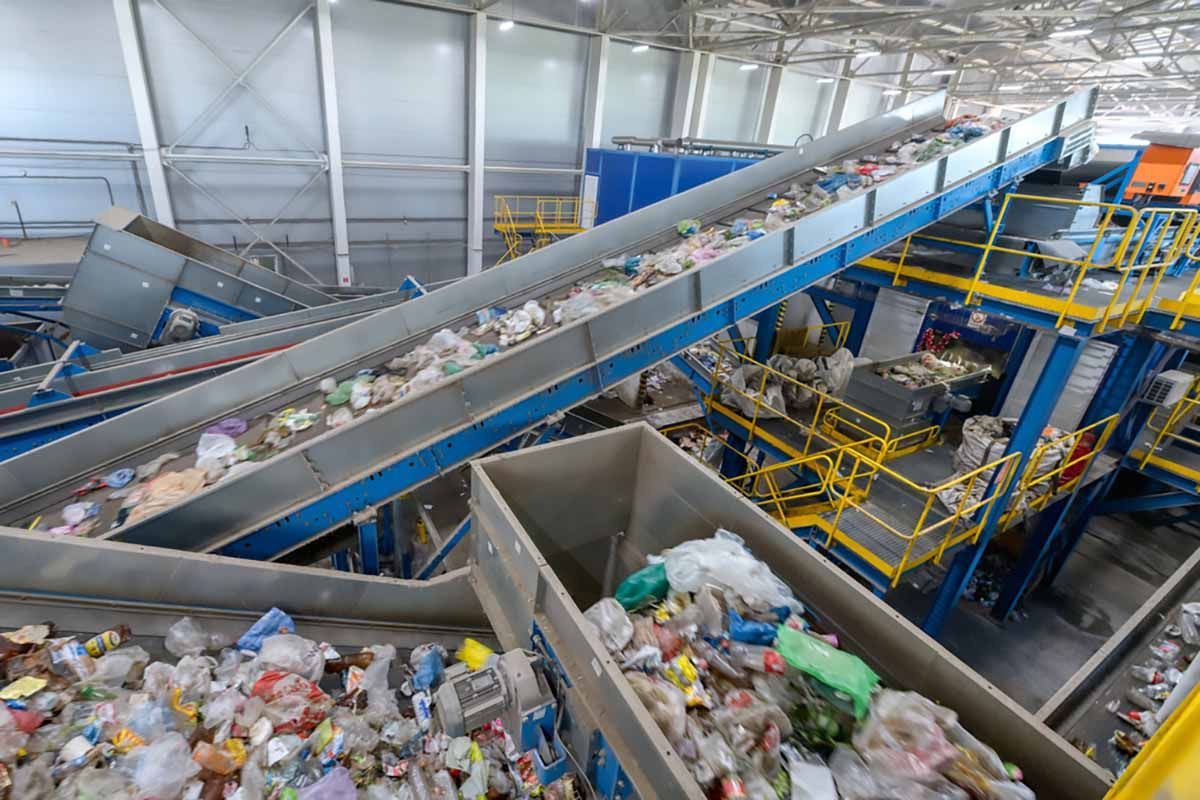Glass Packaging Institute
We are pleased to welcome The Glass Packing Institute as a new Supporting Advisory Members to Northeast Recycling Council
Formed in August 2017, NERC’s Glass Committee seeks to better understand the recycled glass value chain and gaps in the Northeast, and to promote greater diversion of glass containers to the highest-value end uses. Despite the fact that glass is 100% recyclable and can be recycled endlessly without loss in quality, challenges to the use of recycled glass exist. The weight of recycled glass presents challenges to transport over distances. In addition, debate continues over preference for extended producer responsibility (EPR) or bottle bills, although efforts are being made to reconcile the two approaches. A NERC webinar held in the Spring concluded that “bottle deposit systems and extended producer responsibility programs for packaging can complement each other, but need to be run effectively.”
With these opportunities and challenges in mind, NERC enthusiastically welcomes the Glass Packaging Institute (GPI) to its growing roster of Sustaining Advisory Members. According to GPI President Scott DeFife, “We are the national trade association representing glass container manufacturers, glass recyclers and their supply chain partners in North America.”
“We support efforts to expand collection of glass containers and increase recycling rates of glass across the country,” DeFife notes. “We have successfully begun several initiatives in various areas to collect more glass from the hospitality sector, as well as supporting expansion and modernization of deposit return systems and extended producer responsibility programs that improve recycling.”
The positive impact of GPI’s membership has been felt quickly, as DeFife commented on the Glass Committee’s most recent report, which found that three-quarters of Northeast states use recycled glass as Alternative Daily Cover (ADC), instead of being used to manufacture new products. ADC is glass used as cover material placed on the surface of the active face of a municipal solid waste landfill.
“For years, GPI has been working to make policymakers and recycling stakeholders aware of this ongoing challenge, and we thank NERC for highlighting this issue,” DeFife stated. “GPI agrees with the report’s conclusion that more investment in glass recycling infrastructure would help decrease material contamination, and increase the volume of quality glass suitable to be recycled into new containers.”
“Local governments and states should re-consider providing any diversion or recycling credits to entities using glass as a landfill cover substitute, or for disposal of glass in any similar manner,” DeFife continued. “ADC should only be allowed after all other end market options for glass sorted by Materials Recovery Facilities (MRFs) are explored.”
Weighing in on the debate over EPR vs. bottle bills, DeFife stated, “There is ample proof that we need more bottle return programs, not fewer. It is in states and communities’ clear and vital interest to pass DRS (deposit return system) legislation, especially those legislatures that are also considering extended producer responsibility programs for packaging. Curbside pickup will remain a recycling staple but must remain supported by proven recycling programs that create higher volumes of cleaner streams of recyclable material.”
In addition to actively advocating for improved glass recycling infrastructure, GPI hosts the Clear Choice Awards (CCA) for glass packaging. The awards highlight “consumer product goods manufacturers who find noteworthy ways to use glass packaging to tell the story of their brand, create glass packaging designs that stand out from others, and help brands meet their sustainability goals,” according to GPI.
The involvement of the nation’s leading trade association in efforts to improve glass recycling is an essential step toward realizing such improvement. NERC looks forward to working further with GPI on our shared goals.of its solutions to the wider community.
For more information about the Glass Packaging Institute click here
Share Post





